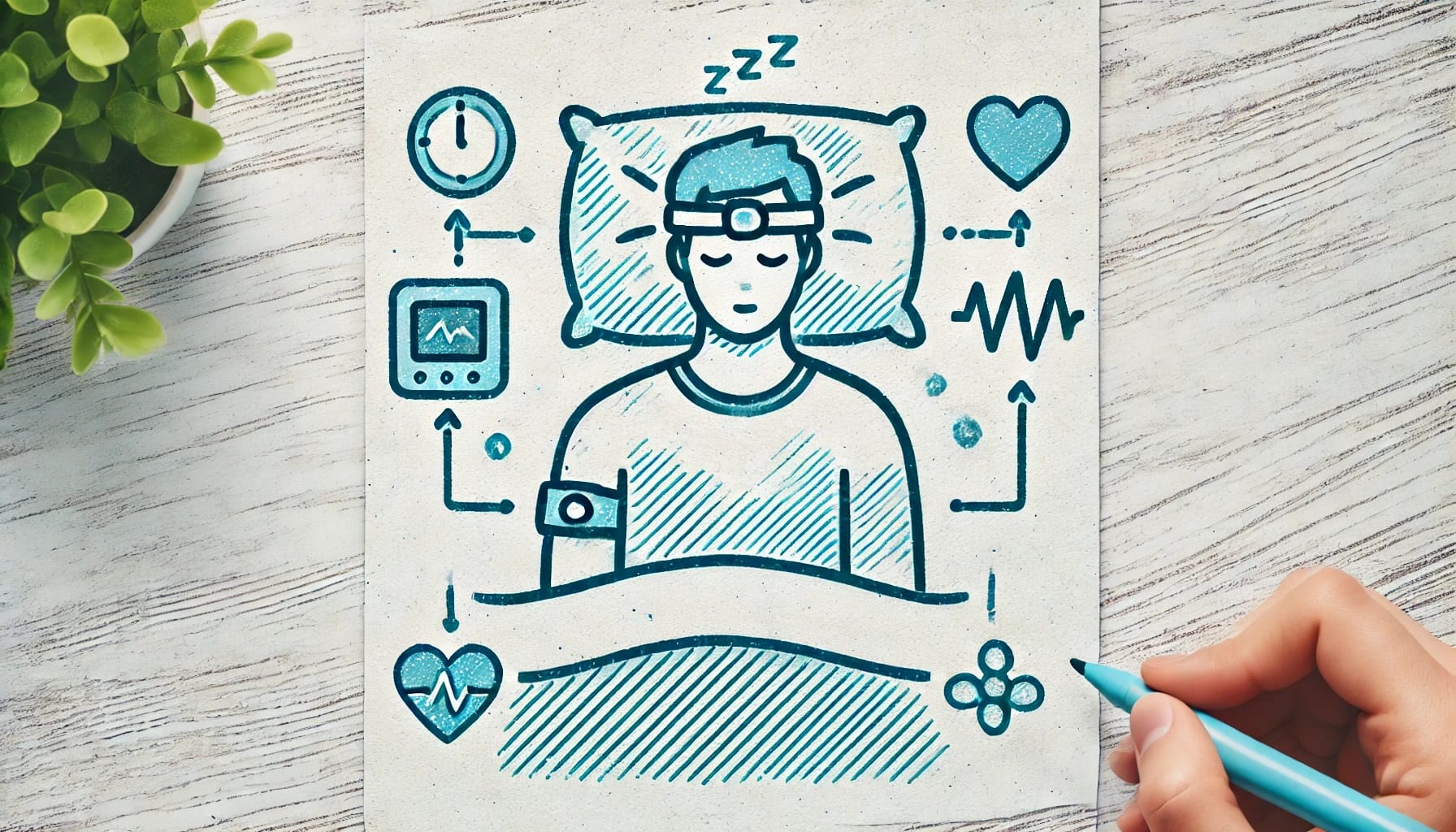Introduction
Sleep breathing disorders (SBD), including conditions like sleep apnea, are increasingly recognized for their impact on health and well-being. In the pursuit of accurate diagnosis and comprehensive understanding, researchers have turned to innovative wearable monitors designed for at-home and habitual measurements. This article delves into the latest advancements in wearable technology for type of sleep SBD, with a particular focus on their applicability in research settings.
“Wearable monitors have ushered in a new era of sleep breathing disorder research, offering both convenience and precision.”
These devices represent a significant departure from traditional in-laboratory monitoring, enabling researchers to gather valuable data in more naturalistic environments. With a growing emphasis on at-home monitoring, it becomes essential to comprehend the landscape of SBD and the evolving role of wearable solutions.
Understanding Sleep Breathing Disorders (SBD)
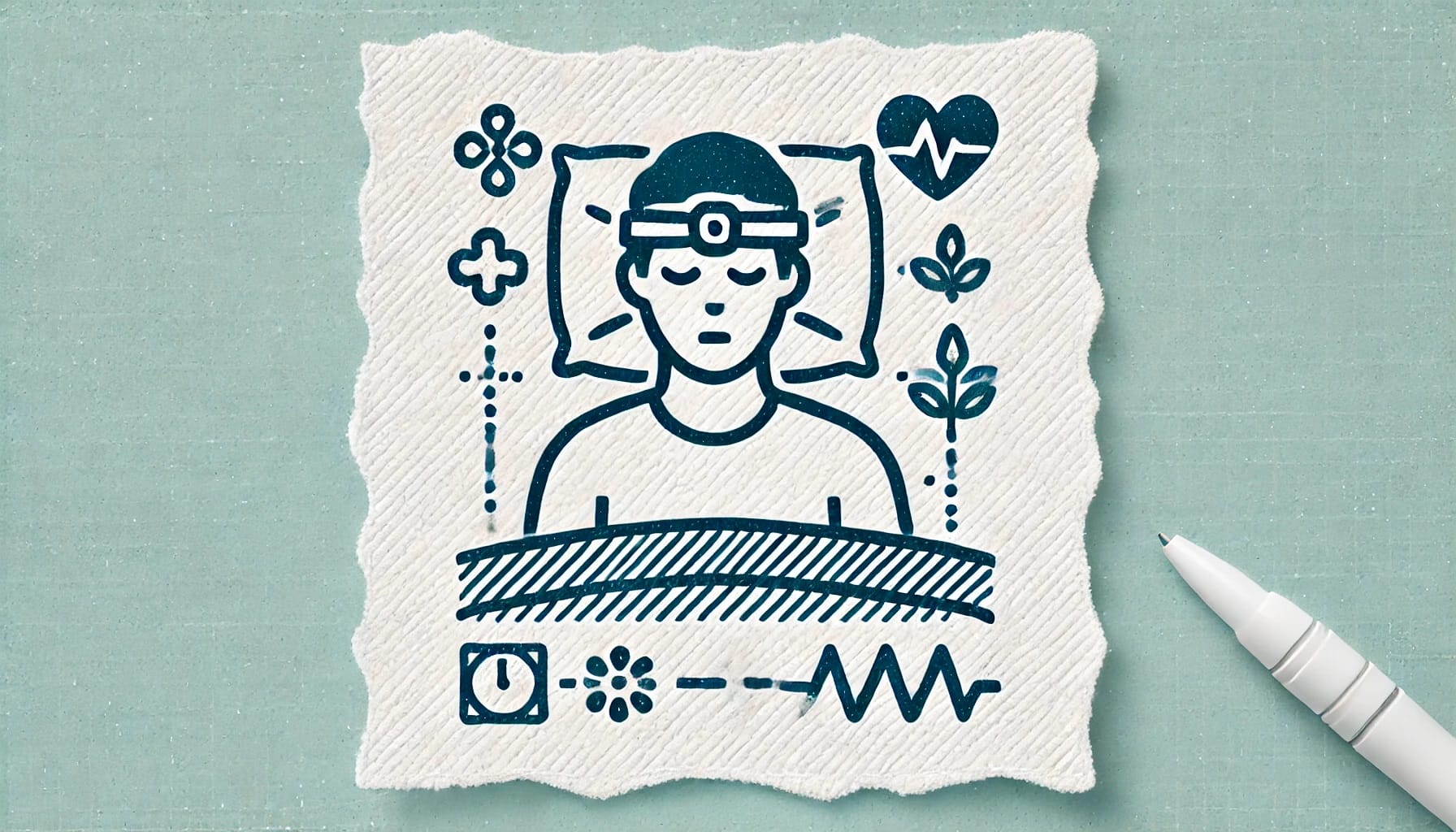
Sleep breathing disorders (SBD) encompass a spectrum of conditions characterized by irregular respiratory patterns during sleep. These disorders, ranging from the common snoring to severe obstructive sleep apnea (OSA), can have profound implications for health. Understanding the nuances of these disorders is paramount for both diagnosis and research.
Types and Significance of SBD:
- Snoring: Often considered a precursor or symptom of more severe conditions.
- Obstructive Sleep Apnea (OSA): Characterized by recurrent episodes of upper airway obstruction during sleep.
- Central Sleep Apnea (CSA): Involves a lack of respiratory effort during sleep due to neurological factors.
- Complex Sleep Apnea: A combination of OSA and CSA, presenting unique diagnostic and treatment challenges.
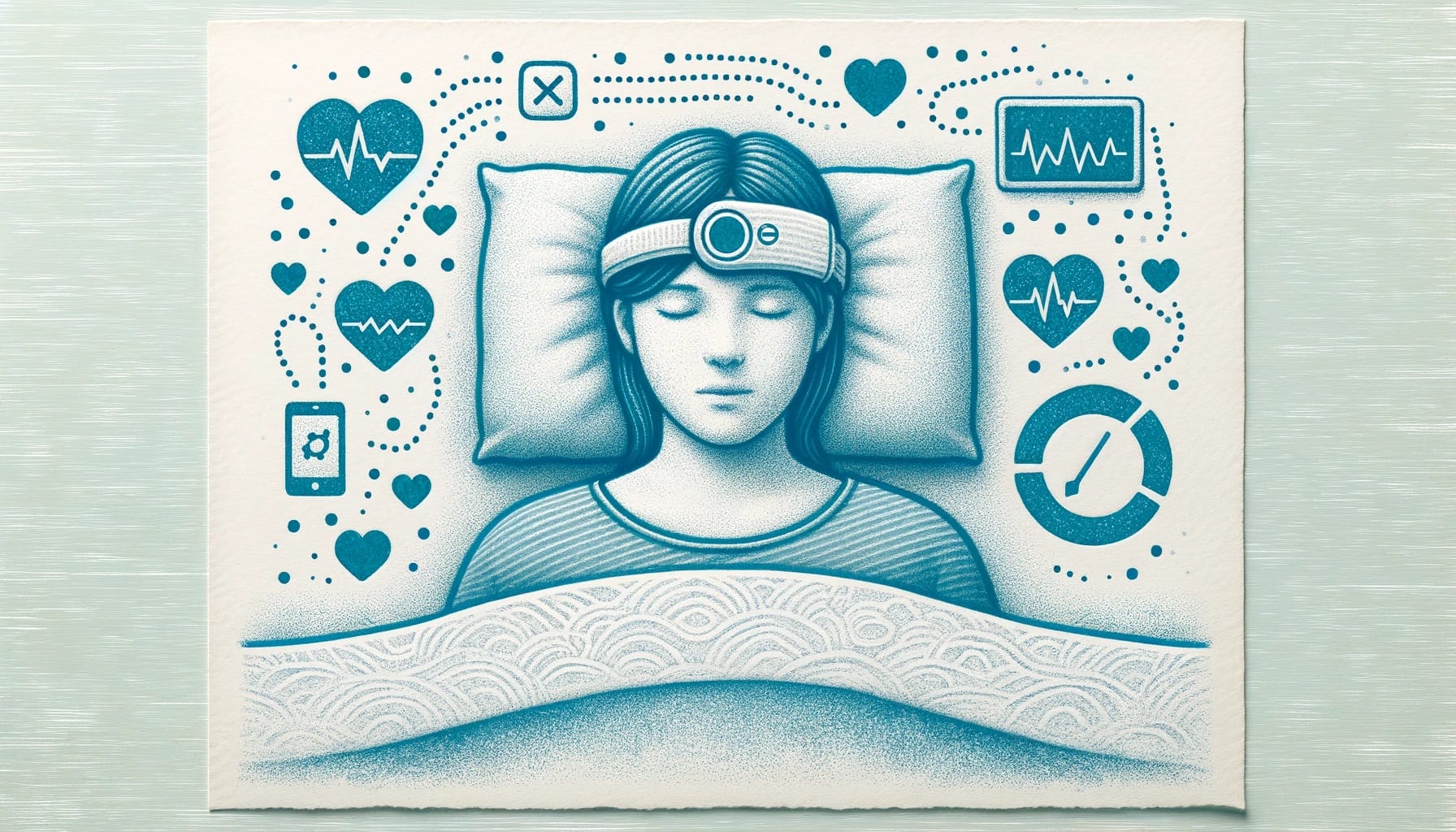
The Need for Accurate Monitoring:
- Differentiating Disorders: Precise monitoring is crucial to distinguish between various SBD and determine their severity.
- Research Implications: Accurate data collection is essential for advancing our understanding of the impact of SBD on health.
- Challenges in Diagnosis: Traditional methods have limitations, necessitating the exploration of innovative solutions.
“Accurate and comprehensive monitoring is the cornerstone of advancing sleep breathing disorder research.”
As we delve deeper into the landscape of wearable monitors for research, it is crucial to grasp the significance of these conditions and the evolving methods used to study them. The next sections will delve into the technological advancements and applications that have reshaped SBD research.
Evolution of Sleep Breathing Disorder (SBD) Monitoring

The historical progression of SBD monitoring is a testament to the ever-advancing field of sleep medicine. Early efforts relied heavily on subjective reports and rudimentary physiological measurements. As research and technology evolved, a transition occurred, culminating in the development of wearable monitors designed for at-home use.
Historical Perspective:
- Early Stages: Sleep studies heavily relied on anecdotal reports from patients, offering limited diagnostic value.
- Introduction of Polysomnography (PSG): A significant leap forward, PSG allowed for the simultaneous recording of multiple physiological parameters during sleep.
- Limitations of In-Laboratory Monitoring: Traditional PSG setups were cumbersome, often disrupting natural sleep patterns and providing limited insights into habitual sleep behavior.
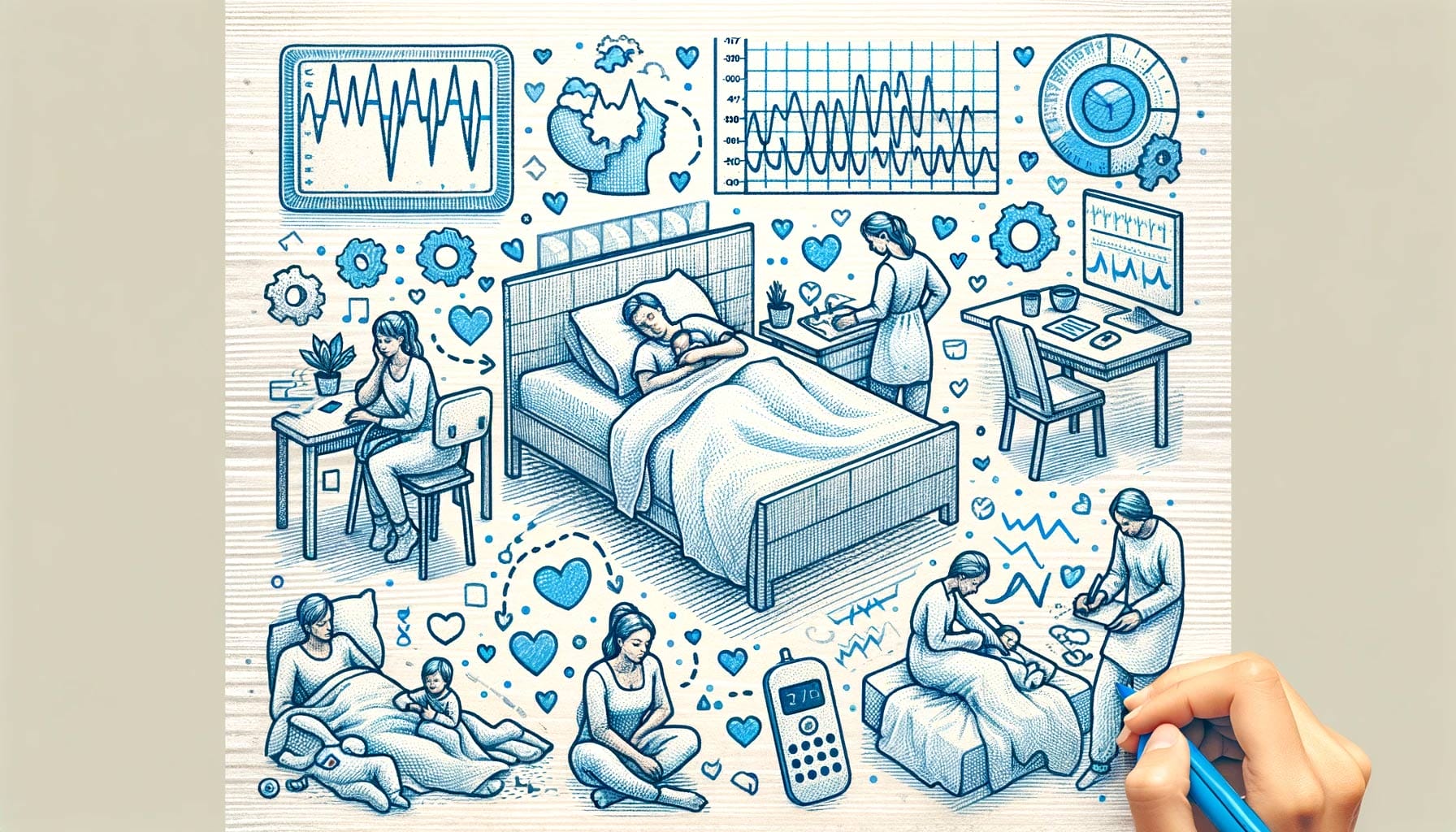
The emergence of at-home sleep monitoring solutions represents a pivotal shift, offering both researchers and individuals the flexibility to gather data in familiar environments without the constraints of a clinical setting.
“Wearable monitors have democratized sleep breathing disorder research, making it accessible to a broader population.”
This shift has not only enhanced the accessibility of monitoring but has also broadened the scope of research possibilities. The evolution of SBD monitoring is marked by a commitment to accuracy, convenience, and participant comfort.
Key Features of At-Home Sleep Breathing Monitors
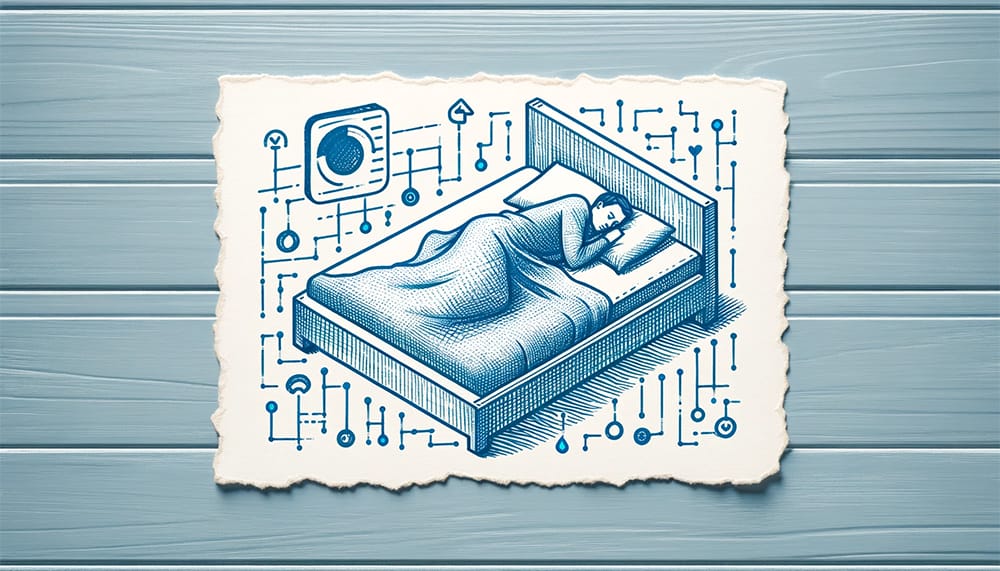
Wearable monitors designed for SBD have undergone significant refinement, resulting in devices capable of comprehensive data collection. These monitors offer a wide array of features that cater to both research and clinical needs.
Comprehensive Data Collection:
- Respiratory Patterns: Advanced sensors accurately track breathing irregularities, aiding in the identification of apnea episodes and other SBD-related events.
- Cardiac Monitoring: Heart rate and heart rate variability data contribute to a holistic understanding of the cardiovascular implications of SBD.
- Movement Detection: Incorporating motion sensors to assess sleep quality and detect disturbances during sleep.
User-Friendly Designs:
- Comfort: Wearable monitors prioritize comfort to ensure natural sleep patterns remain undisturbed during data collection.
- Ease of Use: Participants can easily wear and operate these devices, minimizing the need for technical expertise.
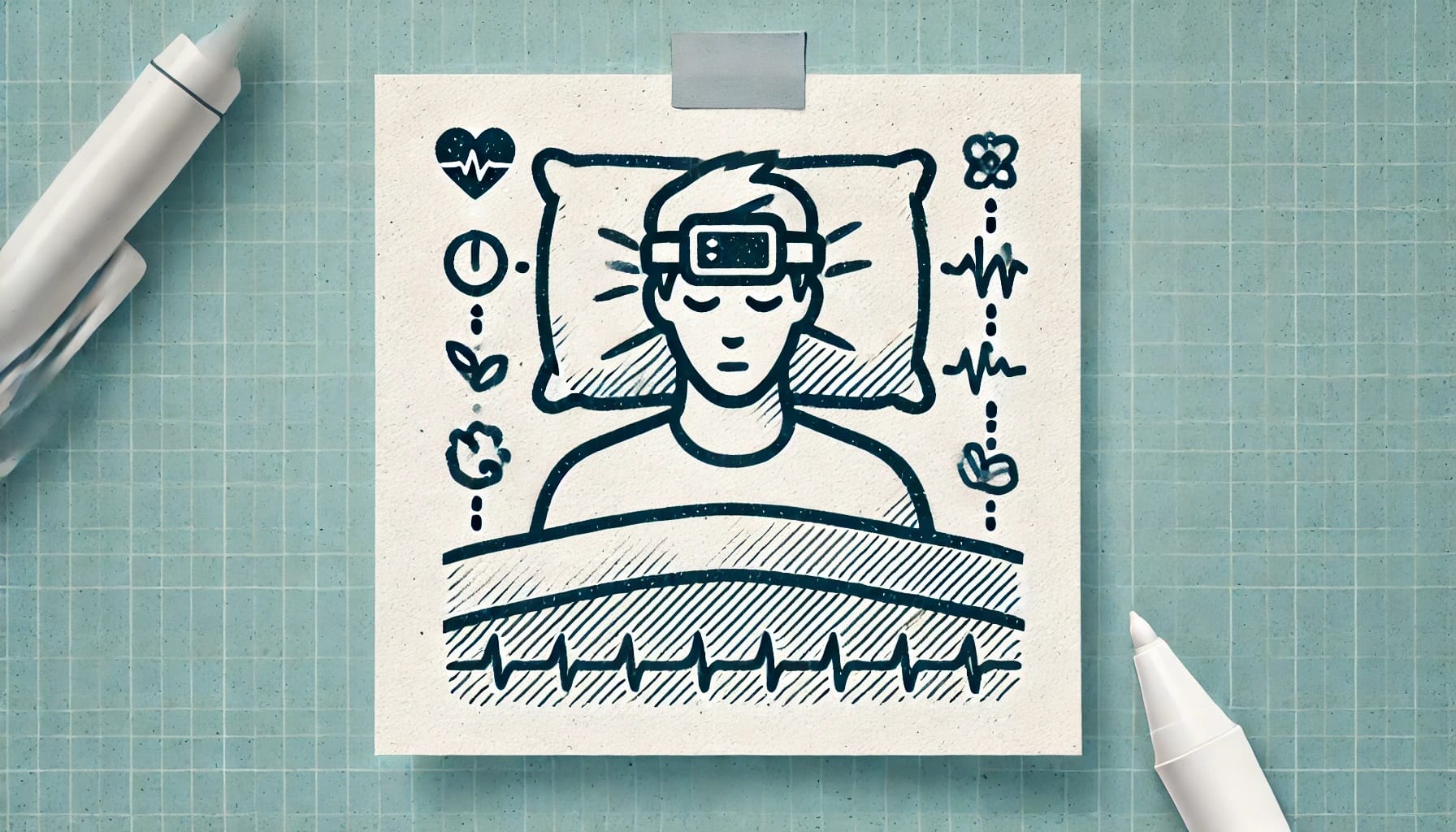
Wireless Connectivity and Data Storage:
- Modern monitors are equipped with wireless technology, enabling real-time data transmission and cloud-based data storage.
- This feature is particularly beneficial for researchers conducting long-term monitoring and intervention studies.
“Wearable monitors for sleep breathing disorders have revolutionized data collection, offering precision and ease of use.”
The integration of these diverse features into a single device underscores the commitment to advancing sleep research while prioritizing participant comfort and data quality. This comprehensive approach sets the stage for the subsequent sections, which delve into the role of wearable technology in habitual settings and its impact on research outcomes.
Advancements in Wearable Technology
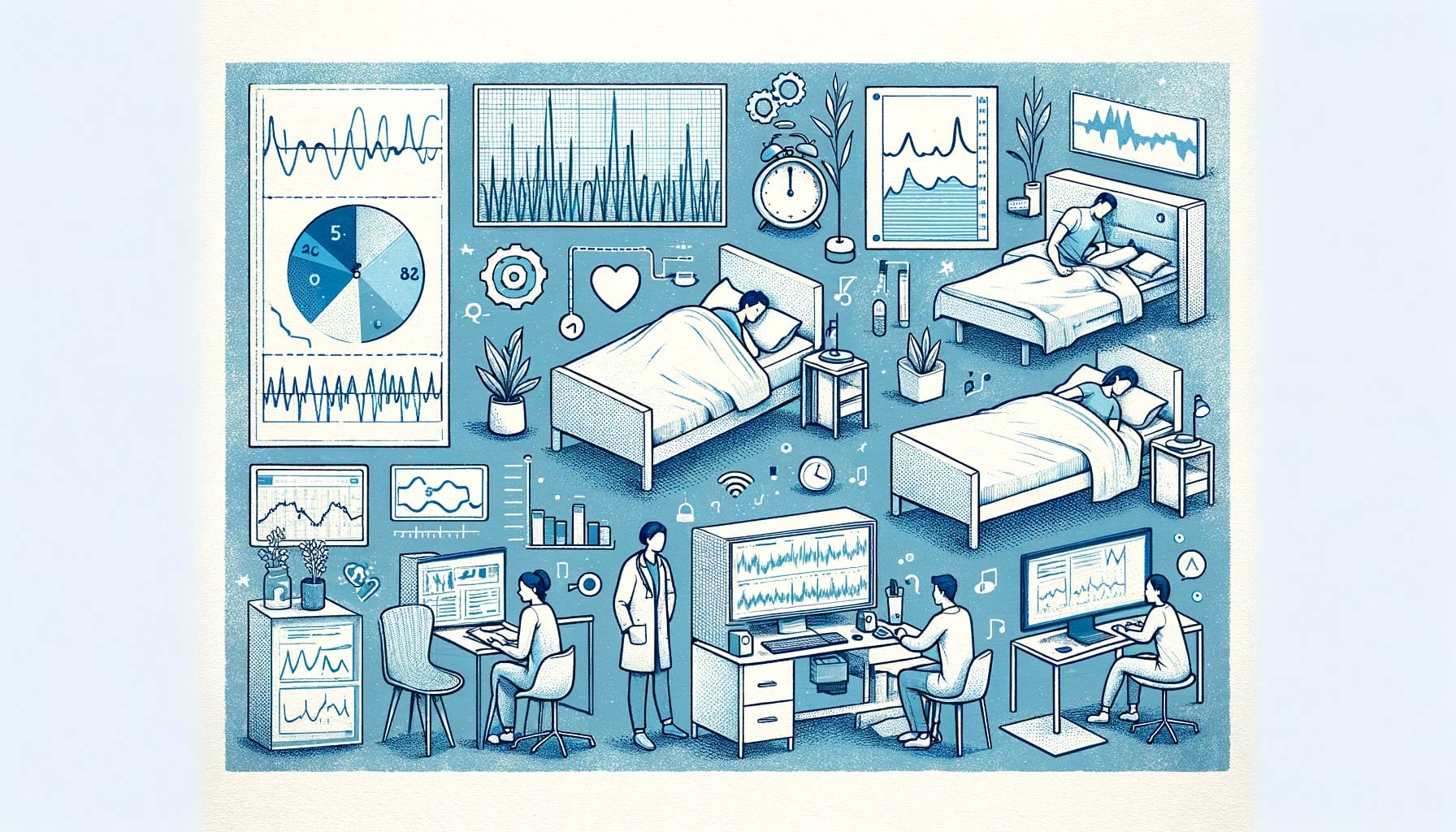
The advancements in wearable technology have been pivotal in reshaping the landscape of SBD monitoring. These devices have evolved to incorporate a range of sensors and data analytics capabilities, leading to enhanced accuracy and usability.
In-Depth Exploration of Wearable Sleep Monitors:
- Sensor Integration: Wearable SBD monitors incorporate a combination of sensors, including accelerometers, respiratory sensors, and heart rate monitors.
- Data Analytics: Advanced algorithms process the data collected, identifying patterns and anomalies in sleep and breathing behavior.
- Real-Time Feedback: Some devices provide real-time feedback to users, promoting better sleep habits and adherence to monitoring protocols.
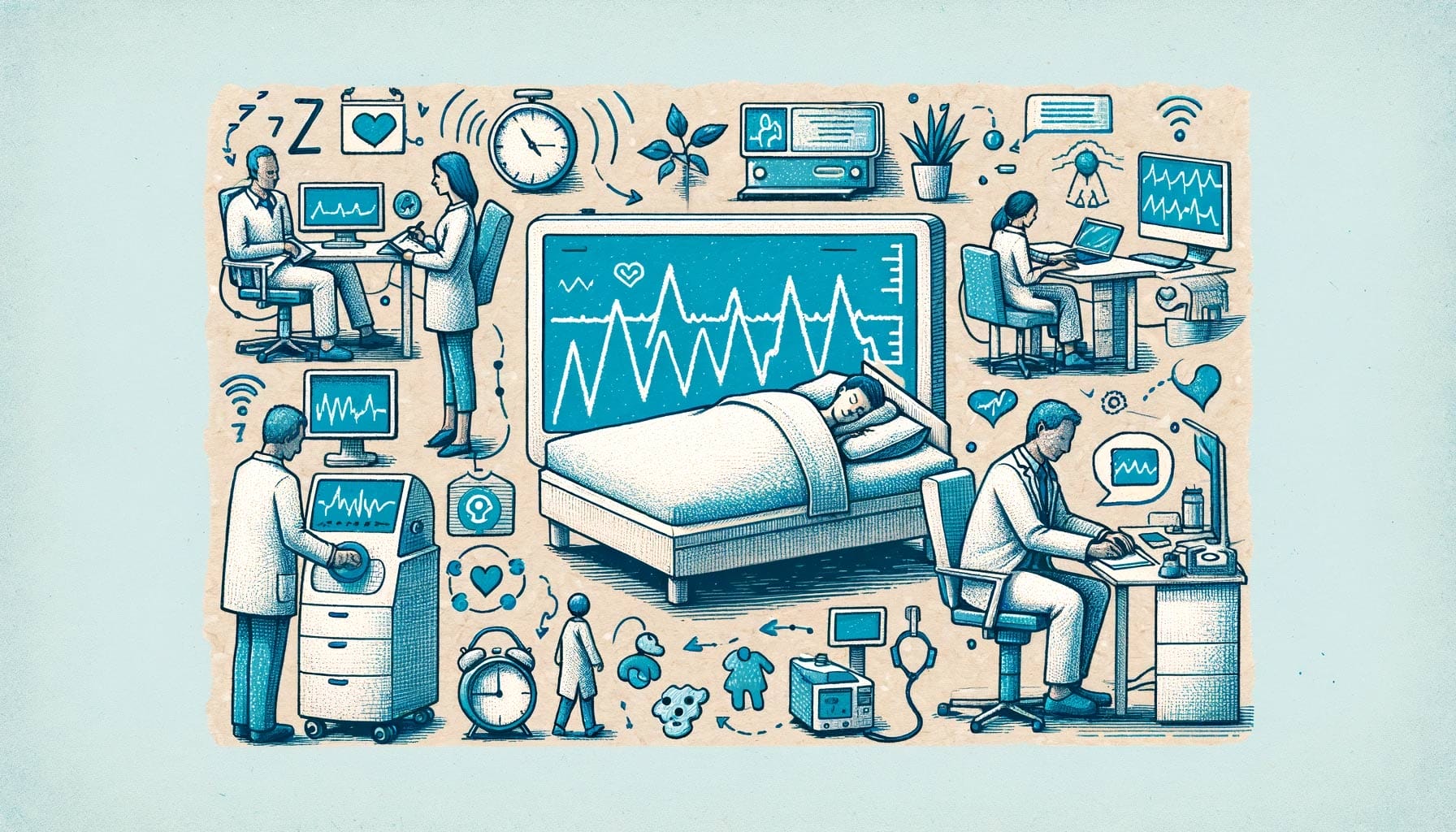
Role of Wireless Connectivity:
- Wireless technology ensures seamless data transmission, allowing researchers to access data in real time.
- Data security and privacy are maintained through encrypted cloud-based storage solutions.
Wearable Devices and Research:
- These wearable monitors are tailored for research, offering accurate and continuous data collection over extended periods.
- Researchers can deploy these devices in a variety of settings, from controlled laboratory environments to naturalistic home studies.
“Wearable technology has elevated the precision and efficiency of sleep breathing disorder research.”
The integration of advanced sensors and data analytics has significantly improved the reliability of data collected, enabling researchers to gain a deeper understanding of SBD. As we delve into the next section, we will explore how wearable SBD monitors are applied in habitual settings, opening new avenues for research and diagnosis.
Wearable Sleep Monitors in Habitual Settings
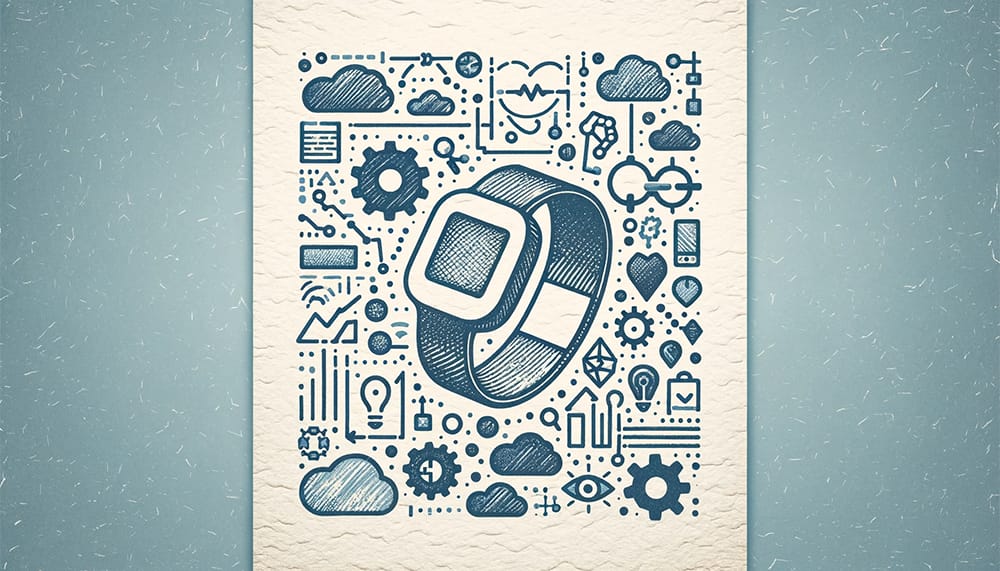
The transition to habitual measurement settings represents a significant advancement in SBD research. This shift has far-reaching implications for understanding sleep patterns and diagnosing SBD in real-life scenarios.
The Significance of Habitual Measurement:
- Habitual data collection reflects individuals’ typical sleep behavior, offering insights into their daily lives.
- It enables researchers to identify trends, triggers, and variations in SBD patterns that may go unnoticed in clinical settings.
Studies Utilizing Wearable Monitors:
- Researchers have employed wearable SBD monitors in long-term studies, investigating the chronic nature of SBD.
- Data collected in habitual settings provides a more comprehensive view of individuals’ sleep health.
Improving Participant Comfort and Compliance:
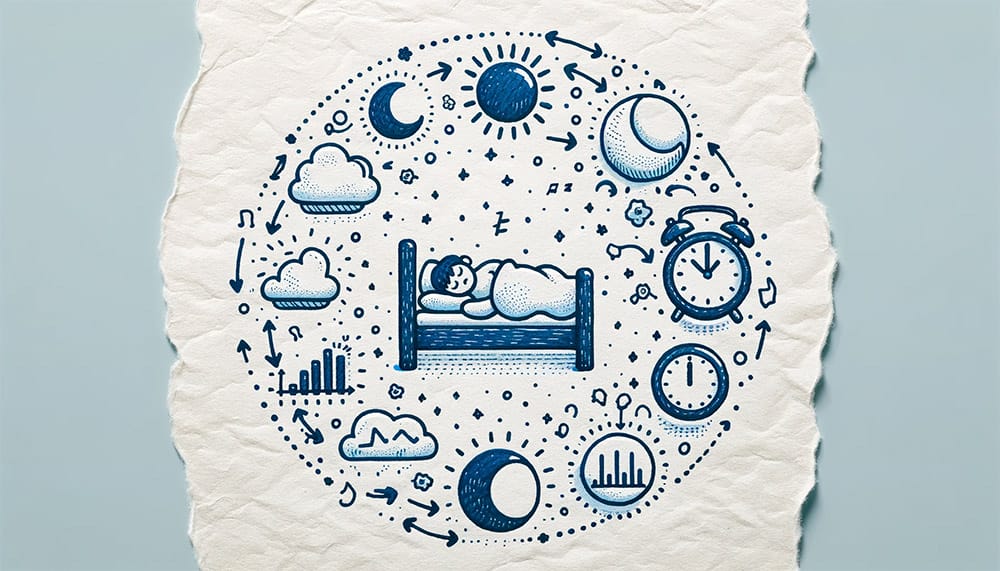
- Wearable devices prioritize user comfort, promoting adherence to monitoring protocols.
- Participants can maintain their usual sleep routines, reducing disruptions during data collection.
“Habitual measurement with wearable monitors bridges the gap between clinical insights and real-life sleep patterns.”
This paradigm shift in research methodologies empowers researchers to explore the complexities of SBD in naturalistic settings. The potential benefits of habitual measurement are reflected in the improved quality and relevance of research outcomes.
Fibion Vitals: Advancing At-Home Sleep Breathing Monitoring
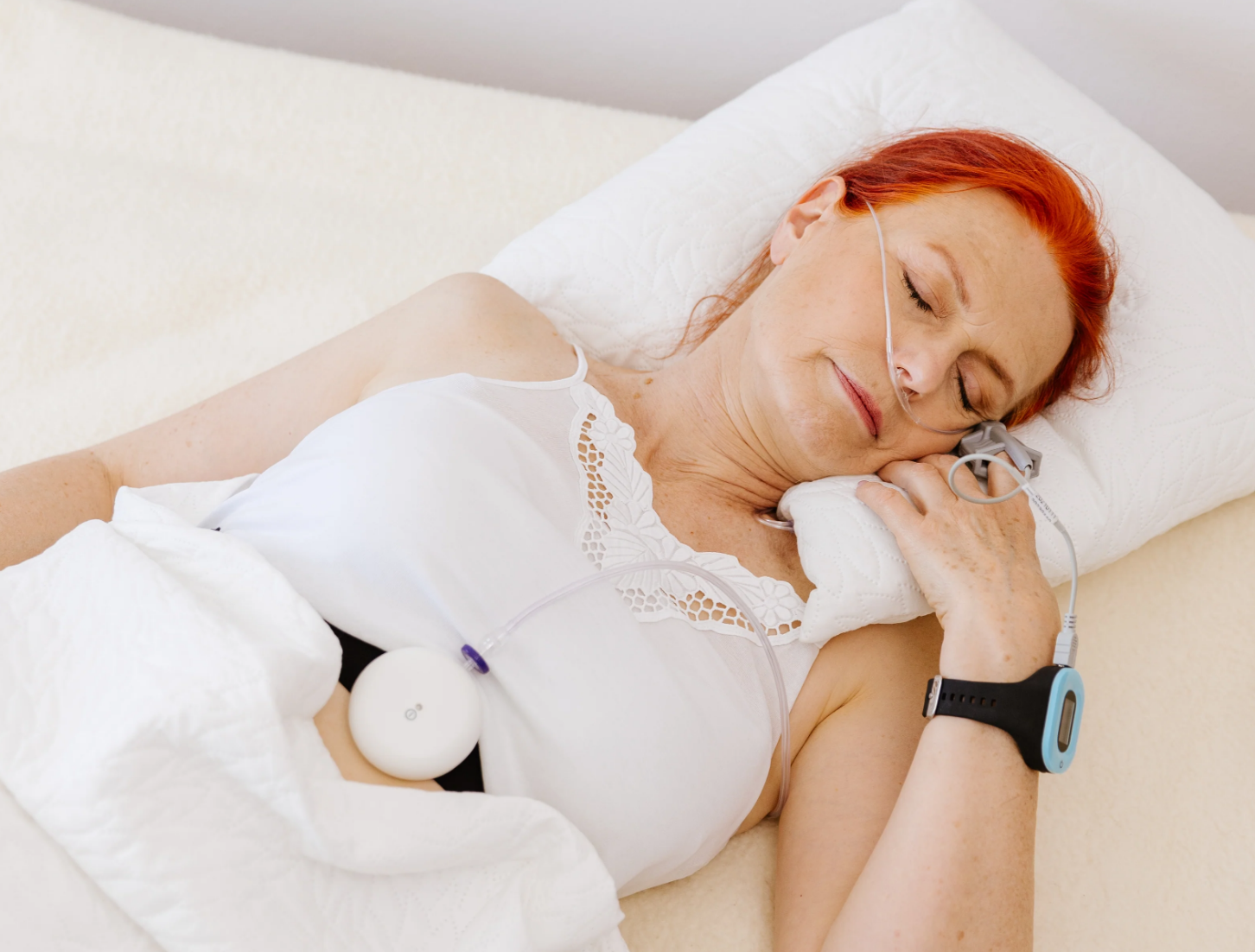
Fibion Vitals stands as a prime example of the progress made in at-home SBD monitoring technology. This multifunctional device combines cutting-edge sensors and wireless connectivity to provide researchers and individuals with a versatile tool for comprehensive SBD assessment.
Advanced Impedance Measurement for Breathing Analysis:
- Fibion Vitals utilizes impedance measurement to monitor respiratory patterns with precision.
- This chest-mounted sensor captures breathing rate and patterns, allowing for accurate assessment of respiratory irregularities.
Nasal Airflow Measurement Made Simple:
- The device’s capability to measure nasal airflow with ease empowers individuals to monitor their breathing at home.
- This non-intrusive method enhances the understanding of airflow dynamics during sleep.
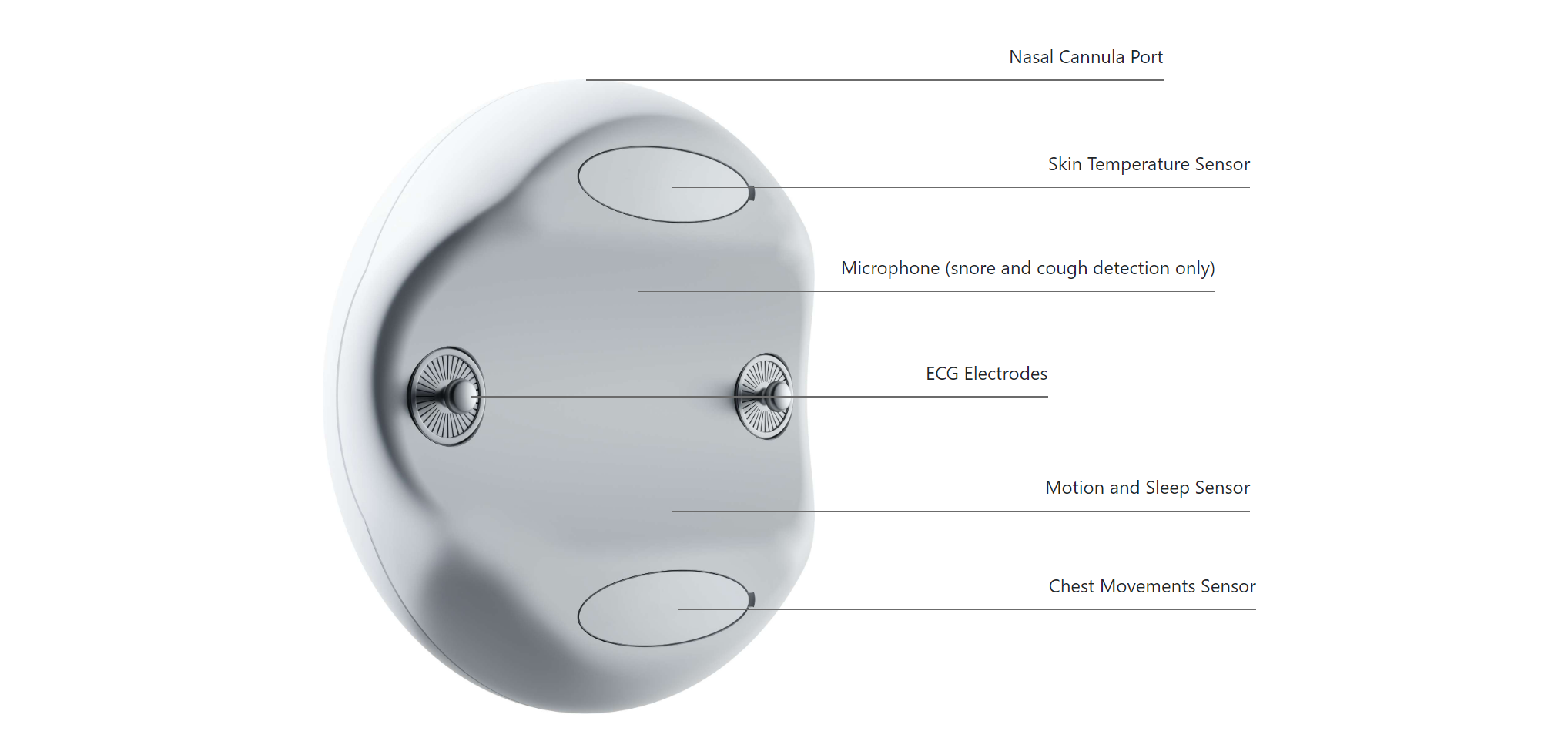
Multimodal Data Collection:
- In addition to breathing rate and nasal airflow, Fibion Vitals records various physiological signals, including heart rate, heart rate variability, and movement patterns.
- The combination of these data streams offers a comprehensive view of sleep behavior and its relationship to SBD.
“Fibion Vitals brings clinical-grade monitoring capabilities to the comfort of one’s home, providing valuable insights into sleep breathing disorders.”
The integration of these features into a single wearable device streamlines the process of SBD monitoring. Fibion Vitals is poised to make significant contributions to research and clinical applications, as discussed in the following section.
Implementing Fibion Vitals in SBD Research
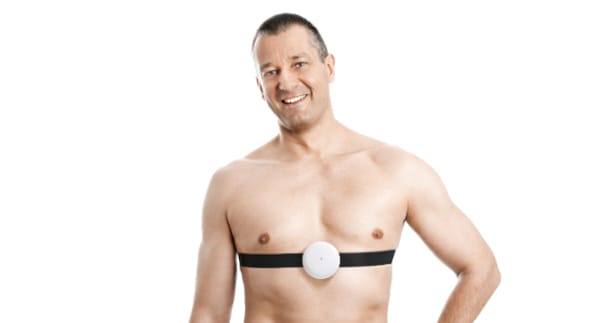
The application of Fibion Vitals in the field of SBD research holds the promise of advancing our understanding of these conditions. Its user-friendly design and comprehensive data collection capabilities make it a valuable tool for both researchers and individuals seeking insights into their sleep health.
Benefits for Research and Diagnosis:
- Researchers can deploy Fibion Vitals in various settings, from controlled studies to real-world monitoring.
- The device offers a non-intrusive approach to habitual data collection, promoting participant compliance and comfort.
- Comprehensive data streams provide a wealth of information for diagnosing and researching SBD.
Empowering Individuals:
- Fibion Vitals is designed for easy use by individuals at home, fostering a deeper connection to one’s sleep health.
- Real-time feedback and data accessibility empower individuals to take an active role in monitoring their sleep patterns and potential SBD.
Future Directions:
- The versatility of Fibion Vitals opens doors to diverse research applications beyond SBD.
- Continuous advancements in data analytics promise to enhance the insights gained from this multifunctional device.
“Fibion Vitals is at the forefront of the at-home sleep breathing disorder monitoring revolution, bridging the gap between research and everyday life.”
As we conclude our exploration of Fibion Vitals, it is evident that this device has the potential to transform the landscape of SBD research and clinical care. Its ease of use, precision, and multifunctional capabilities position it as a valuable asset in the pursuit of better sleep health.
Conclusion

Innovations in wearable technology and at-home monitoring have redefined the way we approach SBD research. As we reflect on the advancements discussed in this article, several key takeaways emerge:
- Wearable monitors have ushered in a new era of SBD research, offering precision and ease of use.
- The evolution of monitoring technology has expanded the possibilities for at-home and habitual data collection.
- Fibion Vitals exemplifies the multifunctional devices driving advancements in the field, with its ability to accurately measure breathing rate, nasal airflow, and various physiological signals.
“The future of sleep breathing disorder research is marked by accessibility, accuracy, and empowerment.”
The integration of wearable devices into research methodologies promises to enhance our understanding of SBD and improve the lives of individuals affected by these conditions. As we move forward, the synergy between technology and research holds the potential for groundbreaking discoveries and advancements in patient care.
Take-Home Messages
- Wearable monitors are reshaping SBD research, offering comprehensive insights into these complex conditions.
- Fibion Vitals, with its advanced features, exemplifies the capabilities of modern SBD monitoring devices.
- These monitors enhance data quality, participant comfort, and research efficiency, setting new standards in sleep research.
- Future advancements in technology promise to further expand the horizons of SBD research and patient care.
Call to Action
🚀📊 Learn more about Fibion Vitals
📅 If you are interested to learn more about Fibion Vitals, do not hesitate to book a video call with our expert Dr. Miriam Cabrita.
📚 Explore Our Article Collection in our extensive Sleep collection
Frequently asked questions
What impact do wearable monitors have on sleep breathing disorder research?
+
Wearable monitors represent a significant advancement in sleep breathing disorder research, offering precision and convenience in naturalistic environments.
Why is accurate monitoring vital in sleep breathing disorders?
+
Precise monitoring is crucial to differentiate disorders, determine severity, and advance our understanding of their impact on health.
How has sleep breathing disorder monitoring evolved?
+
Monitoring has progressed from subjective reports and basic measurements to advanced wearable monitors for at-home use.
What are the key features of at-home sleep breathing monitors?
+
Key features include comprehensive data collection on respiratory patterns, cardiac monitoring, movement detection, comfort, and ease of use.
What advancements does Fibion Vitals offer in SBD monitoring?
+
Fibion Vitals offers advanced impedance measurement, nasal airflow measurement, and multimodal data collection, enhancing the accuracy of SBD assessment.
How do wearable sleep monitors impact habitual measurement settings?
+
Wearable sleep monitors enable data collection in natural settings, providing insights into real-life sleep patterns and improving diagnosis and research quality.










